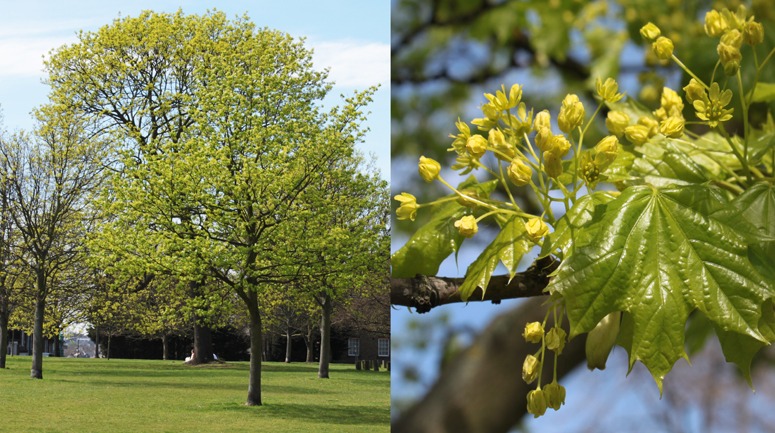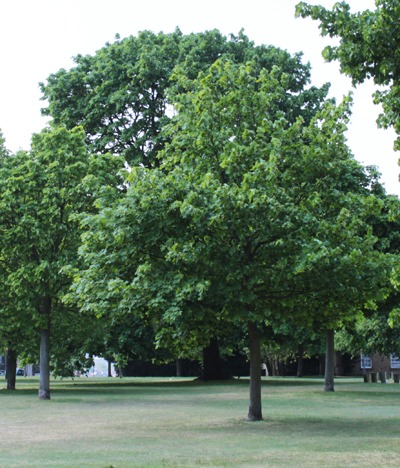Category Archives: London urban design
Romantic new garden for the cafe in Chiswick Park?
Evidently, English Heritage staff have become avid followers of this blog. In August 2010, we criticised the new cafe for being in a sea of bitmac. Now it is surrounded (top photo) by an attractive surfacing with the friendly name of ‘tar and chips’. We therefore urge EH to take another step and implement the proposal in the lower photograph.
But when I visited the park today a nice man came running towards me and advised that if seen on my bike again the fine would be £8. I should not have made this comment in August 2010: ‘I have always had a soft spot for Chiswick House and Park: my Mum used to play there; it is a key project in William Kent’s design progress; it is the only park or garden in the world where a uniformed official has told me that “you can ride your bicycle here if you want to”‘.
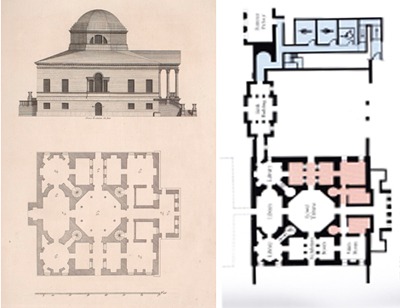
Plans of Chiswick House in 1729 and 2010 (EH plan; NE orientation). The canal would be below the drawing and the new cafe above the drawing
Two days in the lives of two London trees in spring 2011
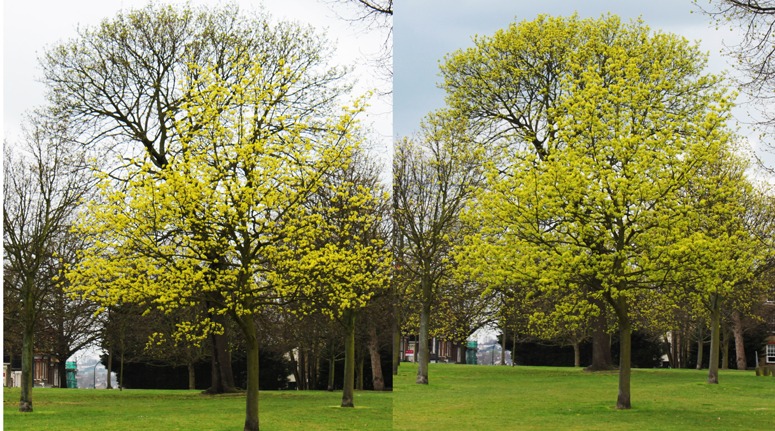 I was concluding that the leaves would never return to London’s trees when, in the snap of two fingers, the spring is rushing ahead. The above two photographs were taken two days apart, as March turned to April. The weather was much colder than usual before Christmas but since then has been relatively warm.
I was concluding that the leaves would never return to London’s trees when, in the snap of two fingers, the spring is rushing ahead. The above two photographs were taken two days apart, as March turned to April. The weather was much colder than usual before Christmas but since then has been relatively warm.
Specialised public open space enriches urban landscape design
The ‘urban squatters’ skateboard park on the South bank in London is one of my favourite examples of a highly specialised, and unofficial, public open space. Benighted planners have as unimaginative an approach to POS as they do to education. It is ONE SIZE FITS ALL – a national curriculum and a national provision of ‘public open space’. The historic standard was ‘7 acres of open space/1000 people’, to go with a national diet of one glass of milk, four slices of bread, meat and two veg, with a fish on a Friday. Cooks have liberated us from wartime diets but wartime POS provision continues. ‘You can have any POS you want, so long as it is green’. But, as the video shows, London’s young, dynamic, agile and multi-ethnic youngsters have other ideas, other tastes, other skills and a harlequin love of coloured space. My conclusion is that the age of Generalised POS is over. The age of Specialised POS has begun. The above example cost the authorities nothing to make and costs them nothing to maintain. It is therefore more SUSTAINABLE than a stupid patch of neglected grass.
Notes (1) other examples of specialised POS welcome (2) I’m not sure but I think the urban space in the video is a consequence of the architecture professions onetime love of pilotis.
The London Tower: Home and Away.

Designing a city is a complex business. There are commercial and development pressures to be considered. But a city is more
than just a continual investment of capital and occupation of new space. It has an identity. Sometimes only a local one. But sometimes
a global one.
What gives a city its identity? Consider how much of your city can you change and still have your city recognised for the qualities that others
currently value. Ask yourself what attributes are different to other cities and what are the same.
Is going higher the best option? How should it be done? Why should it be done? And when should it be done?
If the skyline was to change which buildings would you miss?
Why?
New vistas from the Eye
Looking at London from the Eye gives a whole new perspective on the city. Another view from the Eye enables the viewer to ask ‘how green is my city?’ Some of the answers might surprise.


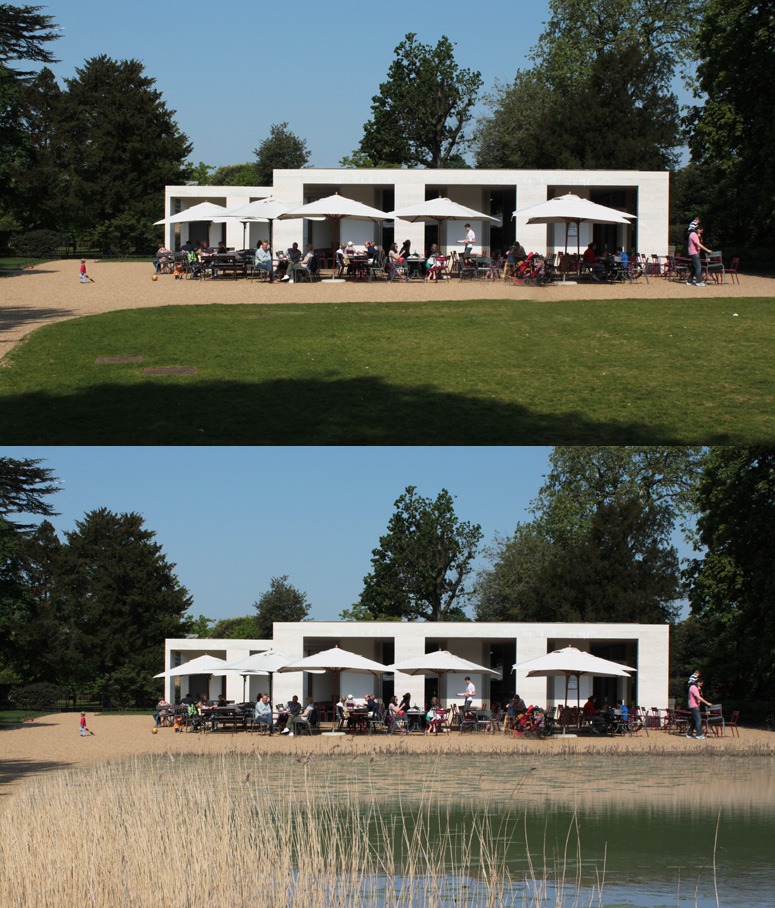
![chiswick-house-4115 08.39 [Converted]](http://www.gardenvisit.com/blog/wp-content/uploads/2011/04/chiswick-house-plans-garden5.jpg)
